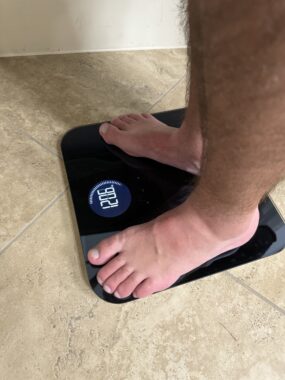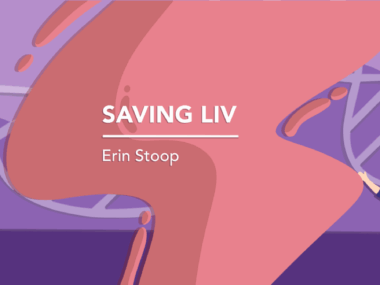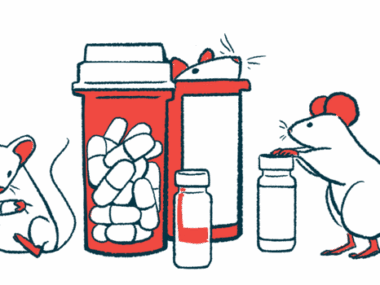Good news about our son’s weight — and our caregiver burnout
A columnist describes her two-month battle to help her son gain crucial weight
Written by |

I gasp as I watch the numbers flicker on the screen of our digital scale. Is that 116? 118? It’s certainly not 122, there’s no way.
The anxiety I’ve been trying to meaningfully work through the past few months threatens to escalate again. The screen finally freezes: 120.6 pounds. The knot in my stomach unravels; Will has regained his weight.
It’s been nearly 70 days since we returned from a family vacation to visit national parks. This dream road trip for our 10-year-old daughter across Colorado, Wyoming, and South Dakota, ended up being a nightmare for our 14-year-old son, Will, who has Sanfilippo syndrome.
Without Will’s predictable routine, and with no time to develop familiarity with a location before we were off to our next stop, his sleeping and eating suffered. He lost 4 pounds and was lethargic, often sleeping much of the day. These are serious issues for children with his condition.
Upon our return, we put all of our energy into helping him recover. We taught him to eat different textures again and worked to rebuild his endurance. Ever so slowly, we made progress. But it was two steps forward, one step backward. There were setbacks and days when we were certain this was our new normal. We wondered what our next medical intervention would be.
Facing extreme caregiver burnout
Then Will’s weight stabilized. He started taking in more calories regularly and gaining energy. He stayed awake more during the day. He smiled more and wanted longer walks. We were making important strides, but he still couldn’t gain the weight back. Then, finally — finally — additional ounces started appearing on the scale. Now, Will is officially back to where he needs to be. I may have teared up reading that number on the scale.

Columnist Valerie Tharp Byers is elated when her son, Will, finally hits 120 pounds. He had been experiencing extreme weight loss, which is dangerous for someone with Sanfilippo syndrome. (Photo by Valerie Tharp Byers)
Will’s not the only one recovering from this latest bout of “What’s Sanfilippo going to throw at us this time?” During the eating difficulties, my husband and I went into survival mode. We know how the Sanfilippo journey ends for our son, and that there are more skill losses in store. Those thoughts weigh on us every day. But we still have to take care of him and his sister. We were every form of exhausted: physically, mentally, psychologically, spiritually. While we are well versed in the caregiver burden of Sanfilippo parents, this was one of the first times we felt severe caregiver burnout.
Thankfully, as Will’s weight has increased and his energy has returned, so have our spirits. We recognize that each setback he’ll face going forward will likely result in longer and longer recovery times, and that we need to set up systems to help prevent us from reaching such deep levels of caregiver burnout again. Friends are reaching out to schedule time to train as respite help for Will to give us a break when it does become overwhelming. We understand now, more than ever, that one of the best ways to care for Will is to make sure that we’re taking care of ourselves. And that means admitting when we are overwhelmed and making sure we have resources in place to support us.
So that’s the plan for now: keep fattening Will up and have capable respite help at the ready. We may not be able to stop the progression of Sanfilippo syndrome, but we will definitely fight against it as long as possible.
Note: Sanfilippo News is strictly a news and information website about the syndrome. It does not provide medical advice, diagnosis, or treatment. This content is not intended to be a substitute for professional medical advice, diagnosis, or treatment. Always seek the advice of your physician or other qualified health provider with any questions you may have regarding a medical condition. Never disregard professional medical advice or delay in seeking it because of something you have read on this website. The opinions expressed in this column are not those of Sanfilippo News or its parent company, Bionews, and are intended to spark discussion about issues pertaining to Sanfilippo syndrome.






Leave a comment
Fill in the required fields to post. Your email address will not be published.